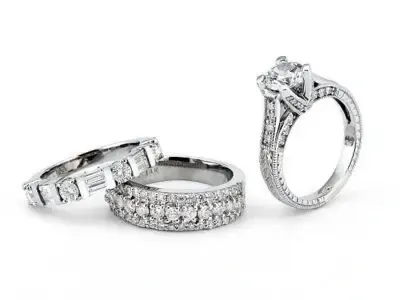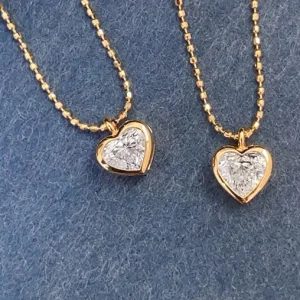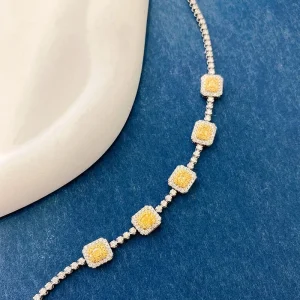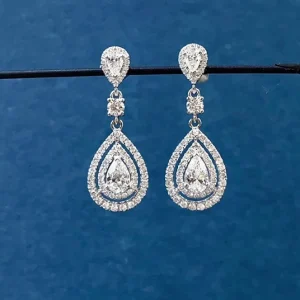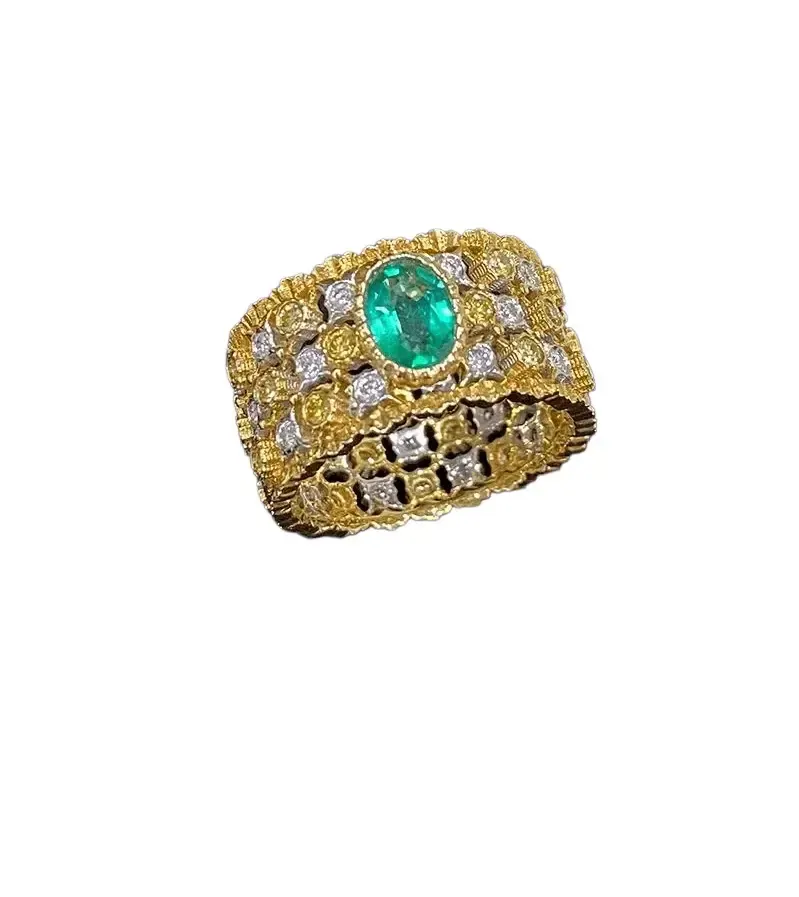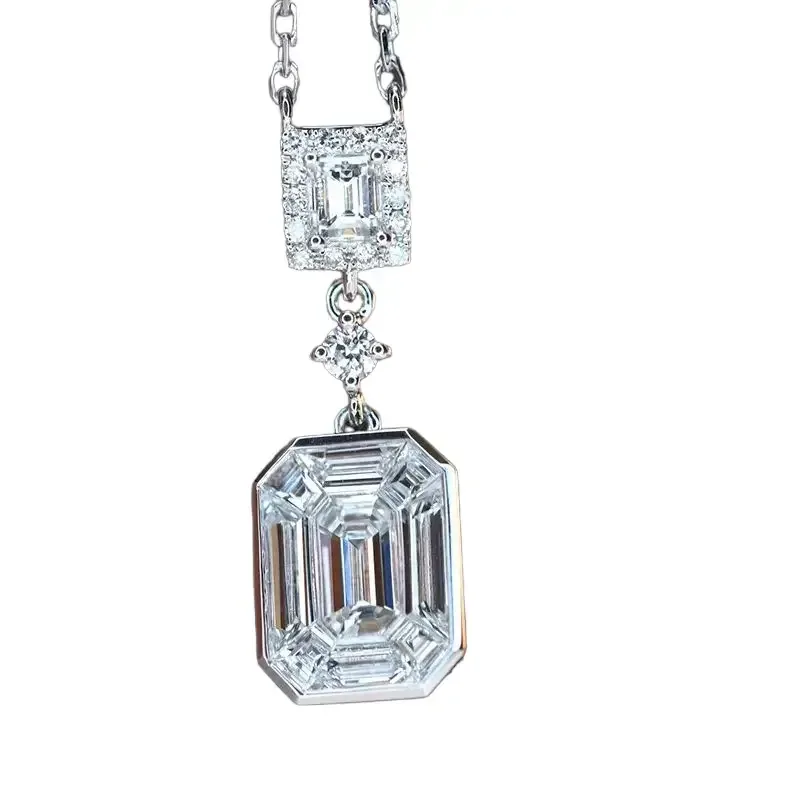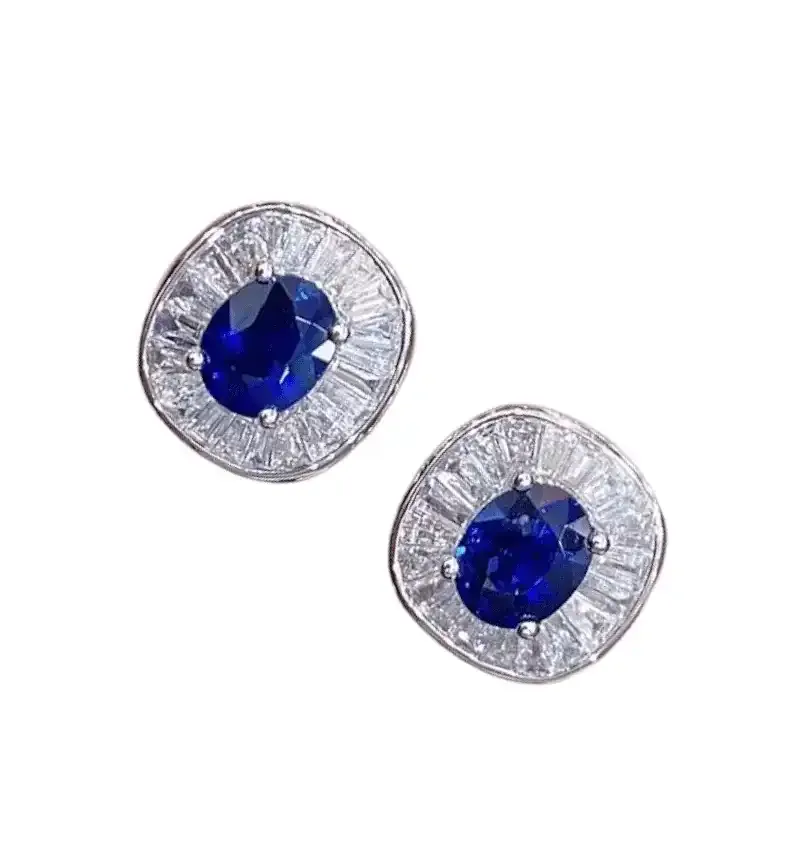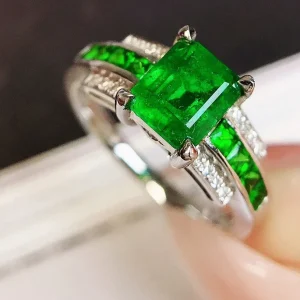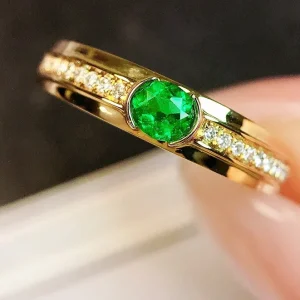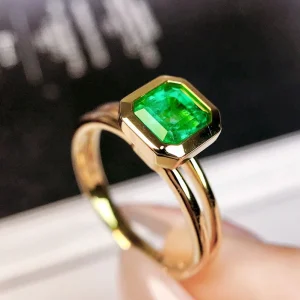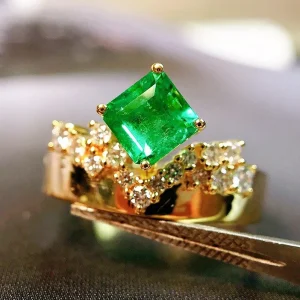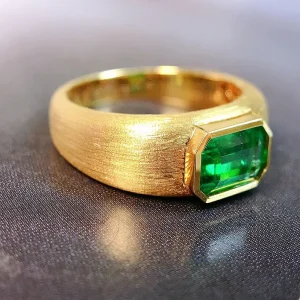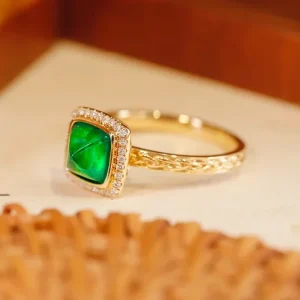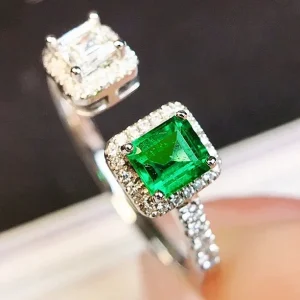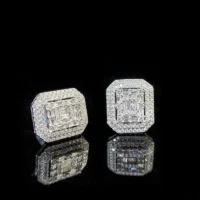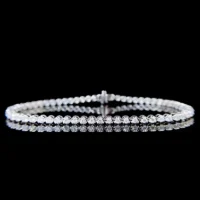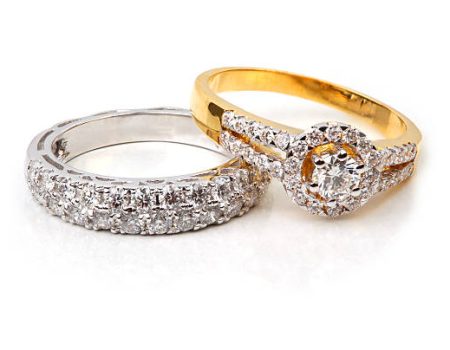featuring 18K gold and carefully selected natural gemstones for timeless elegance.
Stylish Jewels
Certified Quality
Customer Services
Free Shipping
Radiant 18K White Gold 1.50 Carat Diamond Bracelet
Roman Vintage 18K Two-Tone Gold Diamond Bracelet
Heart’s Radiance 18K Yellow Gold Diamond Pendant
Elegant White Gold Sapphire and Diamond Earrings
White Gold Yellow Diamond Luxury Bracelet
White Gold Vintage Sapphire Diamond Ring
Elegant White Gold Yellow Diamond Bracelet
White Gold Water Drop Diamond Earrings
Popular Categories
Easy Access to The most visited jewelry in Artemies
Love jewelry? Get the glow in your inbox.
Be the first to discover styling tips, gemstone guides, and exclusive Artemies offers—crafted with love and sent straight to you.




